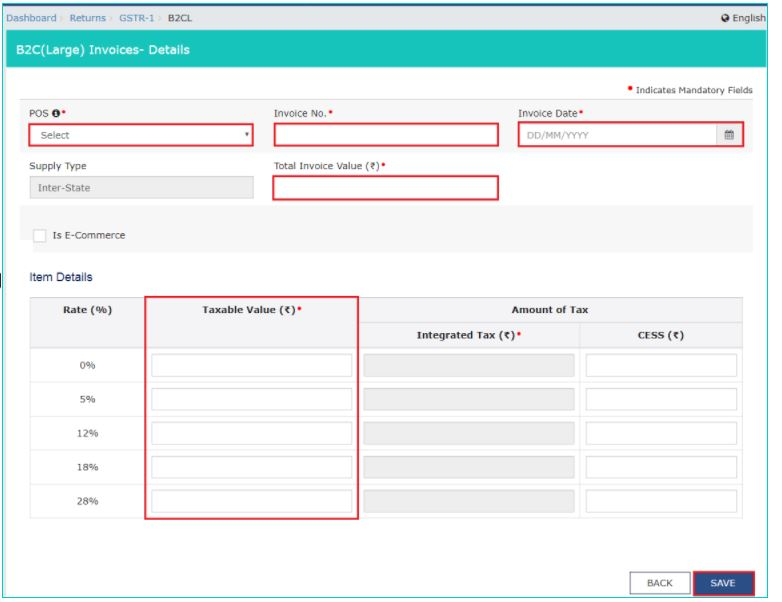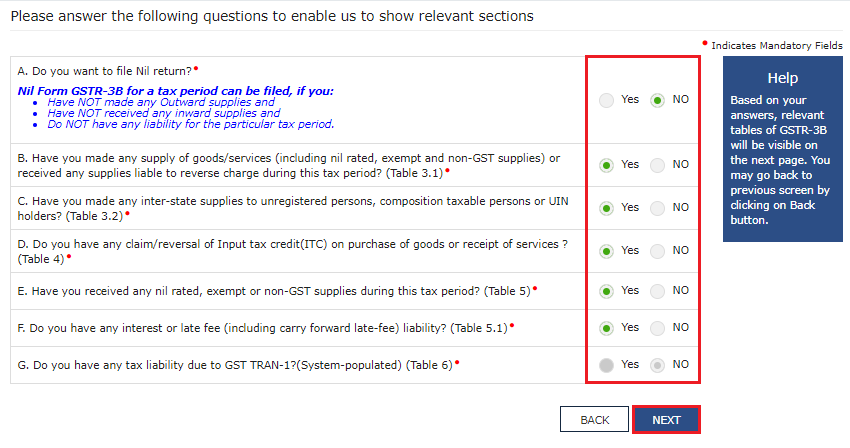GST is a value added tax for the provision of goods and services at every stage of supply chain's distribution and production.
Some important aspects of GST include
- Consumption Tax: This tax is levied at the point of consumption, hence its name. The revenue generated by this tax is collected by the state where the goods and services are ultimately consumed
- Input Tax Credit (ITC): This is one of the most significant aspects of GST. Businesses often gain from this as they can claim credit for the GST they paid on inputs (goods and services used in the production process) against the GST they collect on their sales.
- Composition Scheme: GST levied for small businesses allow them to pay a fixed percentage of their turnover as tax and file simplified returns. Small businesses often pay GST under the Composition scheme.
- GST Return Filing: Businesses which are registered need to file periodic returns which shall provide details of their sales and purchases.The returns include GSTR-3B for summary returns, GSTR-1 for outward supplies, and others depending on the specific requirements of the country.

We hope you understood how GST works and how they manage taxation throughout the country. If you are new to business and need step by step guidelines to file a GST Return, you have come across just the right article. In this blog you can learn about GST Return Filing, specifically GSTR-1 and GSTR-3B for all E-commerce operators easily.

If you have an e-commerce business in India, you are required to file GST (Goods and Services Tax) returns.
Here are the steps to file GST for an e-commerce business
- Register for GST: You will have to register for GST with the GST department. It can easily be done online at the GST portal.
- Collect and verify GSTIN of your suppliers: Collect and verify the GSTIN (Goods and Services Tax Identification Number) of your suppliers.
- Collect and maintain invoice and payment data: Collect and maintain invoice and payment data for all transactions on your e-commerce platform.This step makes sure that that accountability is held for in the business.
- Prepare GSTR-1 return
Filing GSTR-1
STEP 1: You have to download the following reports from the e-commerce operator, namely
- GSTR Report: shows the amount of tax collected at source level.
- Sales Report: used at the time of verification of data at the time of submission of GSTR-1 return.
STEP 2: Sort the reports and login to the GST portal.
STEP 3: Open GSTR-1 for that month.All outward supplies made to a consumer and the invoice value is more than Rs 2.5 lakh has to be entered in this tile.
STEP 4: Click on 5A,5B - B2C (Large) Invoices.

STEP 5: Click on new invoice to add a new invoice.

STEP 6: Enter the details in the red boxes as shown in the picture below and click Save.

STEP 7: After this page you will be redirected to a page where you can view the summary of all invoices. Changes can be made at this step by editing or deleting under Actions (marked in red)

STEP 8: Click on Back button to go back to GSTR-1 page.The B2CInvoices tile in GSTR-1 reflects the number of invoices added along with Total Invoice value, Total taxable value, and total tax liability.

STEP 9: Add HSN Details

STEP 10: Check for amendments.

STEP 11: Generate summary

5. Prepare GSTR-3B return: GSTR-3B is a monthly return that contains the summary of all the outward and inward supplies made by the business, along with the payment of tax due/dues. You should prepare this return and pay any tax due on the GST portal.
Filing GSTR-3B return
Filing GSTR-3B return is comparatively easier. The data gets self populated or auto populated automatically after submission of GSTR-1.
STEP 1: Login to GST portal.
STEP 2: Go to 'Services' > 'Returns' > 'Returns Dashboard'.

STEP 3: File Returns page opens. Fill in the mandatory boxes.

STEP 4: Select Monthly Return and click Prepare Online.

STEP 5: Answer the questions and click Next.

STEP 6: Auto-generated details can be verified under "SYSTEM GENERATED GSTR-3B".

STEP 7: Click on Save GSTR-3B for summary.
6. File an annual return: The final step includes filing an annual return. You should file an annual return on the GST portal. The annual return contains the summary of all transactions made during the financial year.
FAQs
Q1. Which GST return is to be filed by an e-Commerce seller?
Ans. If the business has turnover below 5 cr then you have the option to file GSTR 1 and GSTR 3B after the quarter ends. If you don't choose the above quarterly option then you have to file GSTR 1 and GSTR 3B every month.
Q2. What are the documents required for registration businesses and e-commerce in India?
Ans. Here are some of the common documents that are required for GST registration:
- PAN Card
- Aadhaar Card or Voter ID card or Passport
- Proof of business registration (Partnership deed, Certificate of Incorporation, etc.)
- Bank account statement or cancelled cheque
- Proof of business premises (Rental agreement or electricity bill or property tax receipt, etc.)
- Digital signature certificate (DSC)
- Photographs of the promoters or partners or directors
- Authorisation letter (in case of authorised signatory)
In addition to the above mentioned documents, specific documents may also be required based on the type of business entity, such as:
1. Proof of the proprietor's identity and address for sole proprietorships
2. The partnership deed for the partnership company
3. Limited Liability Partnership (LLP): Certificate of Incorporation and LLP Agreement
4. For the Company: Certificate of Incorporation, Board resolution designating authorised signatory, and Memorandum and Articles of Association
Conclusion: It is important to note that the specifics of GST need to be well understood. It is always recommended to seek advice from legal tax payers and GST practitioners. If you are new to business you should always read laws and regulations of GST to ensure compliance.
The author is an Income tax and GST practitioner.





 CAclubindia
CAclubindia


